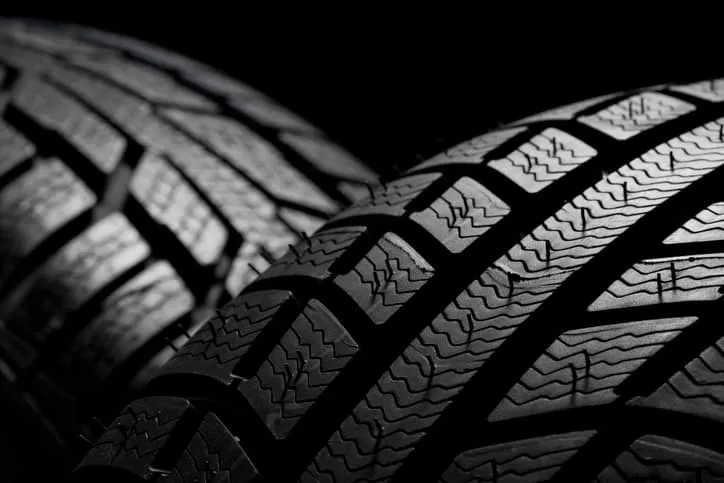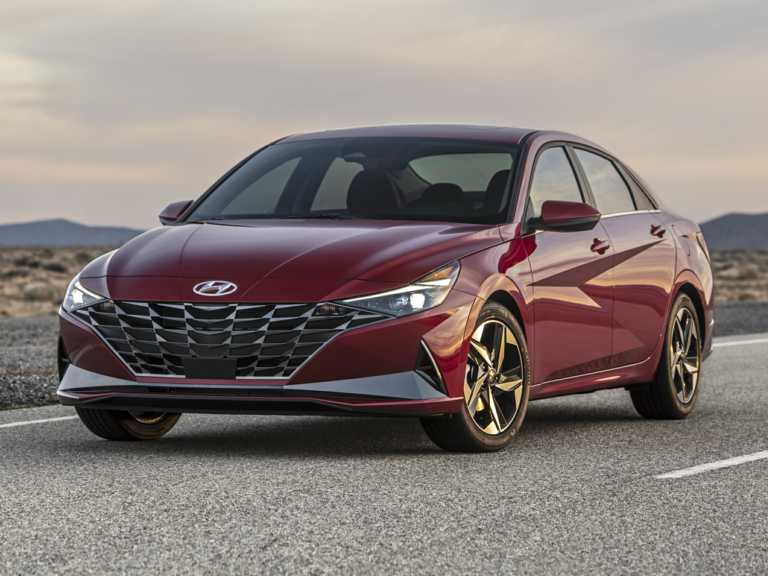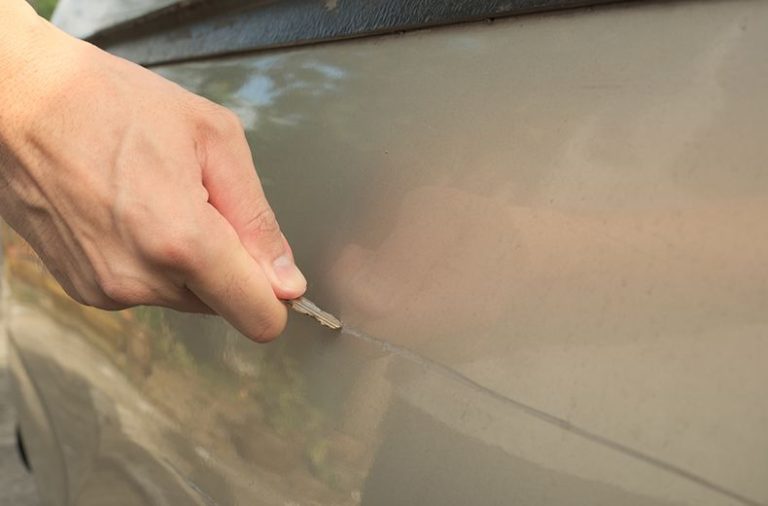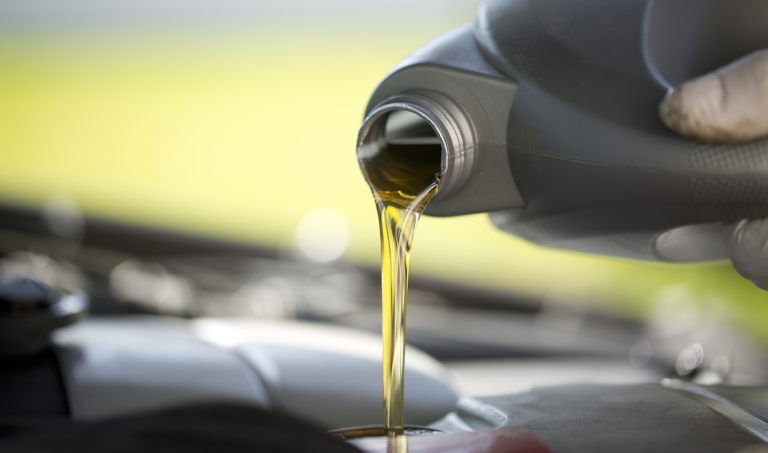Is Cruise Control Bad For Your Car
Because it provides comfort and convenience on lengthy trips, cruise control has become a standard function in contemporary automobiles. It makes driving more comfortable and hands-free by enabling drivers to keep a consistent pace without continuously tapping the accelerator, especially on highways. But as cruise control becomes more and more common, many car owners are wondering whether it’s dangerous for their vehicle. Although cruise control may improve the driving experience, its possible effects on the durability and performance of the vehicle are a source of worry. In order to assist you in determining if cruise control is safe for your vehicle and when it is most appropriate to use it, we will examine the benefits and possible hazards of using it in this post.
What Is Cruise Control and How Does It Work?
A device called cruise control enables a car to retain a steady pace without the driver needing to press the pedal. When a simple button or lever is pushed, the technology takes over the throttle control and automatically adjusts the vehicle’s speed to maintain the preset pace. Even while driving on uneven terrain or mild inclines, the function maintains the vehicle’s speed steadily by using sensors to monitor it and adjusting the throttle slightly.
Newer technology, such as adaptive cruise control, may change speed depending on how far away the automobile in front of you is, but basic cruise control keeps the pace constant. The ability of the technology to automatically slow down and speed up makes long-distance travel even more practical.
The Benefits of Using Cruise Control
The ability of cruise control to lessen driver tiredness on lengthy drives is one of its main benefits. It may become exhausting to keep pushing the pedal for extended periods of time, particularly on roads with little traffic. For those travelling long distances, cruise control is a widely desired function since it allows you to drive for hours without having to keep your foot on the pedal.
Cruise control also aids in maintaining a steady pace, which may increase fuel economy. It makes driving smoother and uses less gasoline by maintaining a constant pace, which lessens the unpredictable braking and acceleration that often happens while driving by hand.
Why Do People Use Cruise Control in the First Place?
Although there are a number of reasons why people utilise cruise control, convenience is the most popular. With cruise control, drivers may take their foot off the accelerator during lengthy journeys or interstate driving, which eases tension and makes for a more pleasant ride. Those who often travel long distances or on routes with low traffic may find it very helpful.
Additionally, constant speed management is an advantage of cruise control that may help you keep a steady pace on routes with speed restrictions. Because the engine doesn’t have to constantly adapt for acceleration. This not only improves driving comfort but may also result in more economical fuel use.
Does Cruise Control Cause Wear and Tear on Your Engine?
Whether cruise control overtaxes your car’s engine is one of the most frequent questions. Generally speaking, cruise control doesn’t put the engine under undue strain. When utilised incorrectly, however, it may have little impact on engine efficiency. For instance, the engine may have to work harder than normal while utilising cruise control on steep or mountainous terrain since the system is trying to keep the speed constant, which might increase engine load. This might cause the engine’s parts to deteriorate more over time.
However, this possible problem may be reduced by utilising cruise control sensibly and avoiding it on steep inclines. The technique may assist in keeping the engine load constant and save needless stress on flat routes.
Is Using Cruise Control Harmful for the Transmission?
Whether cruise control has an impact on the gearbox is another often asked subject by drivers. Though there are several circumstances that might cause gearbox strain. The answer is usually no. The technology may force the vehicle to change gears often to maintain speed when cruise control is use on a hill, which might put more strain on the gearbox. Nonetheless, the majority of contemporary automobiles are built with sophisticated gearboxes that can manage these modifications without sustaining damage.
Cruise control usually doesn’t pose a serious danger to the gearbox when utilised on level or gently sloping roads. In fact, by guaranteeing steady, seamless functioning, it could even help maintain the gearbox.
The Effect of Cruise Control on Fuel Efficiency
Increasing fuel economy is one of the main reasons why so many people use cruise control. The mechanism lowers the amount of gasoline used by abrupt acceleration or stopping, by keeping the speed constant. By maintaining a steady speed, cruise control may greatly increase fuel efficiency on highways. Where there is little traffic and the roads are often level.
Its efficiency, however, is reduced on curved or steep roadways. The mechanism may force the engine to consume more gasoline to maintain speed while the car climbs a steep slope. Which would lessen the advantages of fuel economy. In certain situations, using the accelerator manually could be a better option.
Cruise Control and Brake System Stress: What You Need to Know
The braking system of your vehicle may also be indirectly impacted by cruise control. Cruise control could not respond fast enough to avoid braking when there are abrupt stops and starts or when the road is not completely level. In certain situations, the braking system could be used more often. Which over time, can cause the brakes to deteriorate even more.
It’s crucial to keep in mind that cruise control functions best when there is no need for abrupt braking or speed adjustments. It is recommended to disable the system and drive by hand in places with a lot of traffic or stops often.
How Cruise Control Affects Your Car’s Tires and Suspension
Regular use of cruise control may potentially affect the suspension and tires of your vehicle. Although the technology aids in maintaining a constant speed. It also increases the likelihood that the car will continue to travel steadily for prolonged periods of time. This may eventually result in uneven tyre wear, particularly if the roadways are not entirely smooth.
Additionally, the suspension system may be strained by constant cruise control operation, especially when the vehicle is traversing uneven terrain. As the car tries to maintain its predetermined pace, unexpected bumps or imperfections in the road may put more pressure on the suspension. Which might hasten the wear and tear of suspension parts.
Maintaining Your Car for Long-Term Cruise Control Use
Proper maintenance is crucial to ensuring that cruise control doesn’t negatively affect your car over time. Regularly servicing your car’s engine, transmission, and brake system can help mitigate any wear and tear caused by prolonged use of cruise control. Keeping tires properly inflated and the suspension system in good condition will also help prevent any issues caused by extended periods of consistent speed.
Conclusion
Cruise control is not inherently bad for your car when used properly. In fact, it can offer several benefits, including increased comfort, reduced fatigue, and improved fuel efficiency on highways. However, improper use, such as on hilly terrain or in heavy traffic, can lead to unnecessary strain on various car systems. By understanding the pros and cons of cruise control and using it wisely. Drivers can enjoy the convenience it offers without compromising their car’s longevity.







